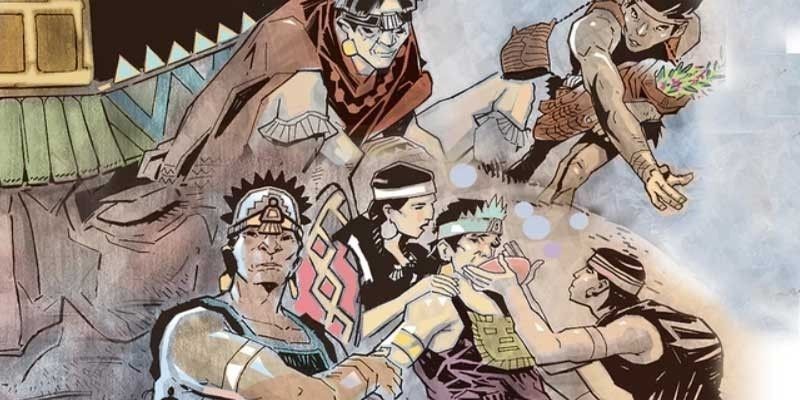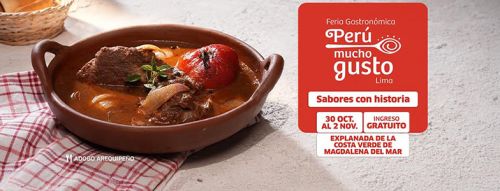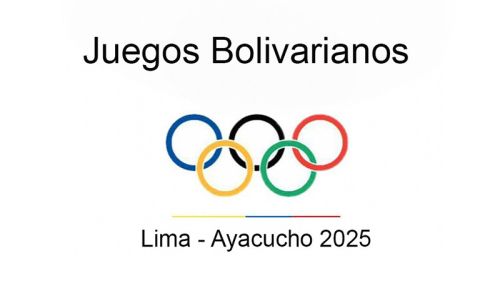Inca Huayna Capac was the eleventh Sapa Inca (ruler and governor of the Inca Kingdom from 1493–1524). There are many theories about his death and the most common version is that he died from a fever likely resulting from the introduction of European disease like measles or smallpox. Legend has a different story for us, and surprisingly new researches seem to at least partially confirm it.
The Legend of A Messenger in Black
After a hard-fought campaign in the northern provinces, where certain rebel armies had at last been driven back, the Inca Huayna Capac withdrew to the town of Quito in order to rest and to issue new laws and new commands.
Inca Huayna Capac received word of a pestilence raging in Cuzco. But he pushed on, moving northward now against the tribesmen of Pasto and even beyond. As he continued his march, there were sudden bolts of lightning, striking close beside him, and convinced that these were an evil omen he turned back toward Quito.
Inca Huayna Capac set out, marching westward toward the sea. But there, at the hour of midnight, he had a vision, in which he saw himself surrounded by millions upon millions of men. No one knows who they were. The Inca believed they were souls of the living, sent to warn him that a great many people would die of the pestilence. But the souls announced that they had come against the Inca himself and by this he understood that they were enemies and he saw that they were armed and hostile. He marched no more, but returned to Quito, and it was there that he celebrated the December feast called Capac Raymi.
Just at the dinner hour there came to him a messenger dressed in a black cloak. With great admiration he kissed the Inca and placed in his hands a small chest, its lid sealed. The Inca ordered him to open it, but the messenger excused himself, saying that it was the command of the Creator that the Inca himself must be the one to remove the cover. The Inca believed him, and as he opened the chest, out came a scattering swarm of moths and butterflies, and this was the pestilence. Within two days the chief of all the Inca's armies and many of his captains were dead, their faces covered with scabs.
When the Inca saw what had happened, he ordered a tomb carved out of stone, and when it was finished, he placed himself in it, and there he died. When eight days had passed, the Inca's body, partly rotted, was taken out and mummified and carried home to Cuzco in a litter as though it were alive. This Inca left behind him in Quito a son named Atahualpa.
Latest research into the death of Inca Huayna Capac
In 2016 Stefan Ziemendorff from the University in Rostock, Germany published a paper titled: “Review of arguments with respect to the hypothetic murder of Inca Huayna Capac”.
The attached document takes on the investigation and arrives at the surprising conclusion that, in fact, all indications are that poisoning is by far the most likely cause of the Inca's demise. The document is in Spanish, but an abstract gives us the following information:
The death of the Inca Huayna Capac, the most important ruler of the greatest pre-Columbian empire of the Americas, remains a hotly disputed topic. The proposed causes of death have included smallpox, measles, and Carrion's disease. However, another version of the death circulated exclusively in the Amazonas region of Peru, homeland of the ancient Chachapoya culture, tells of the poisoning of Huayna Capac by the Chachapoya chieftain, Apo Chuquimis. While this accusation is not new, having been known for half a century, it has neither been refuted nor confirmed, nor has it been much discussed.

































